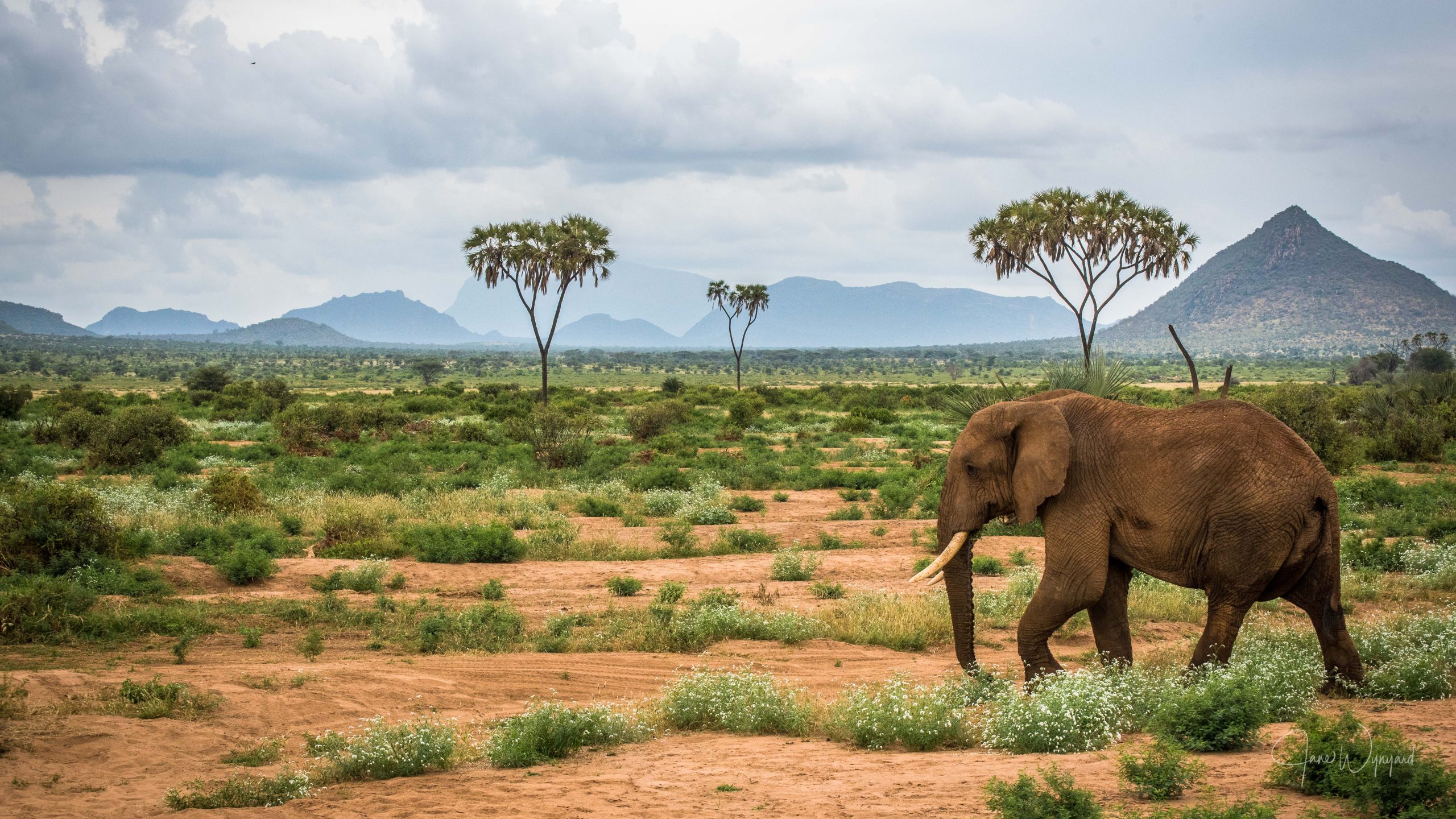Elephant Lifespan
The African elephant is extremely long-lived, sometimes surviving to 60 to 70 years. Male elephants often live longer, even to 90 years old, and end up dying of starvation because by this time all their teeth would have worn out.
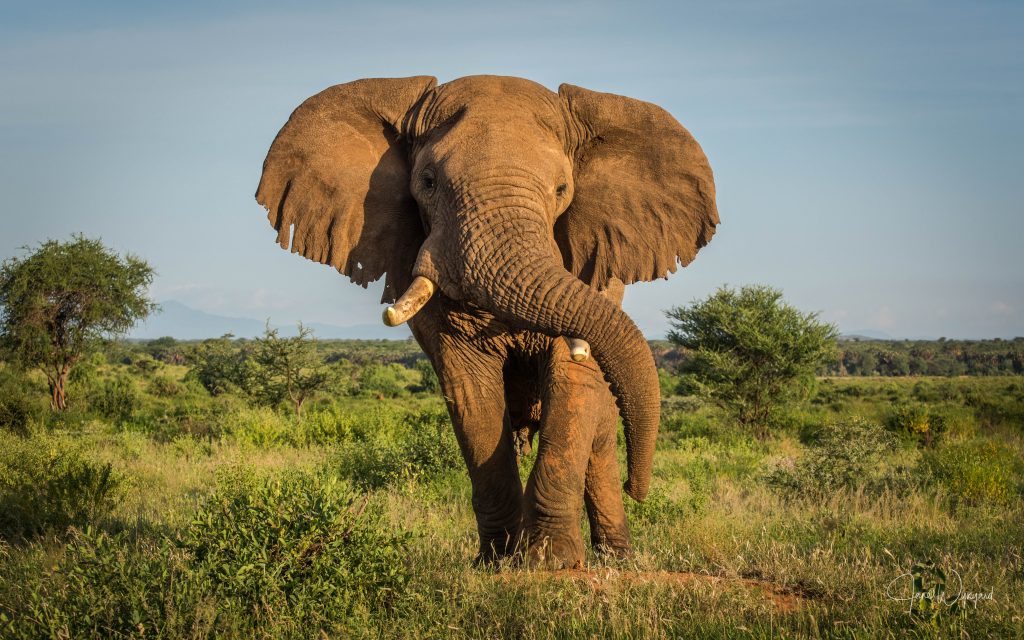
© Jane Wynyard
Social Structure
Elephants live in family groups called herds. An older female (the matriarch) leads a herd and uses her old age and experience to protect the herd and show it to food and water. Females stay with the same herd all their lives, while the males only remain with the herd until they are 12-13 years old. They then join a group of other males called a bachelor herd or live alone.
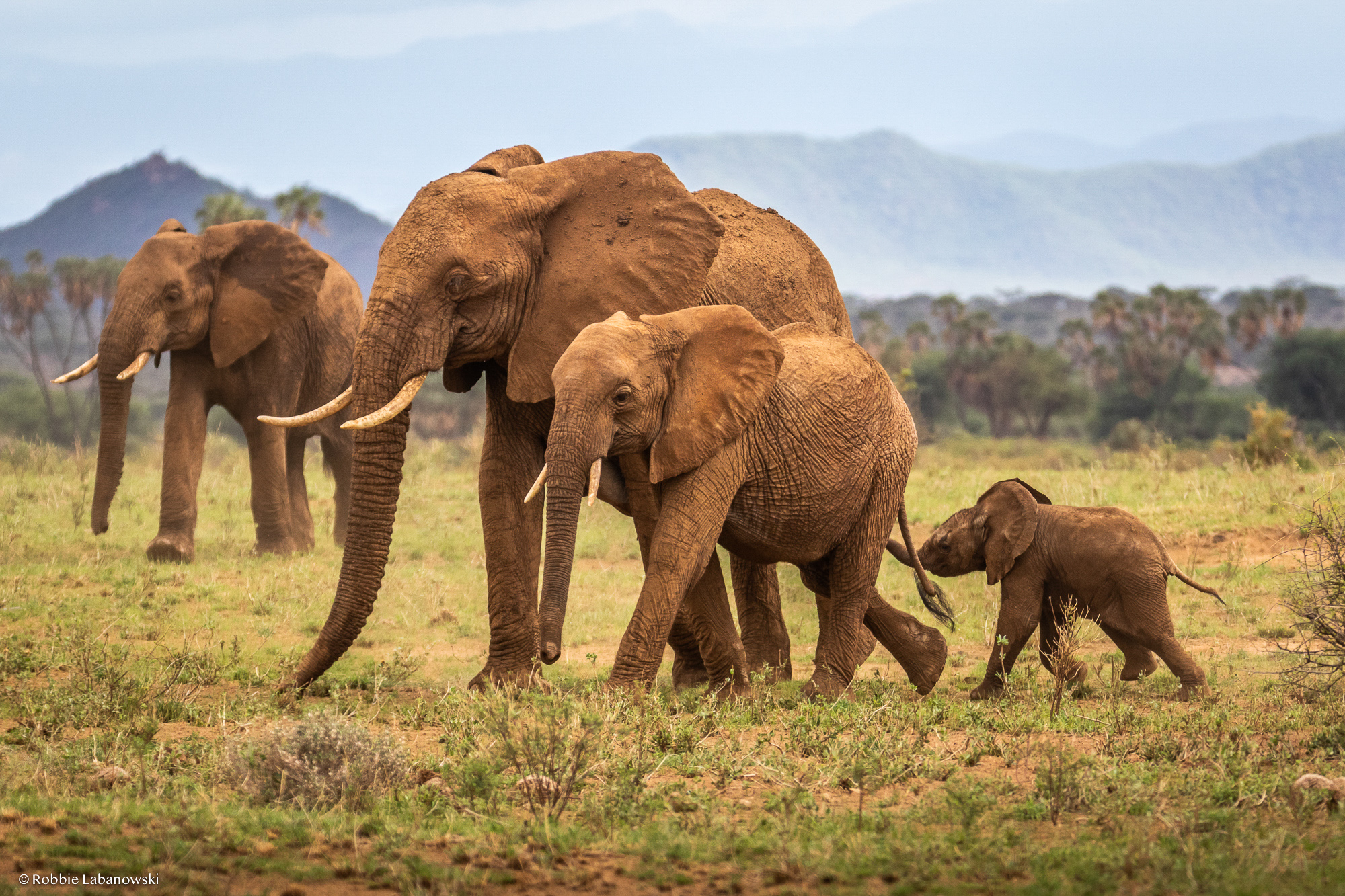
© Robbie Labanowski
Elephant Populations
Between 1970 and 1990, many thousands of elephants were killed for their ivory, leaving the African elephant populations at an estimated number of 300,000–600,000. Populations remain stable and high in much of Southern Africa, while the threat to eastern populations is increasing as poaching is rising. The latest estimates of the total number of African elephants range between 419,000 and 650,000 elephants.
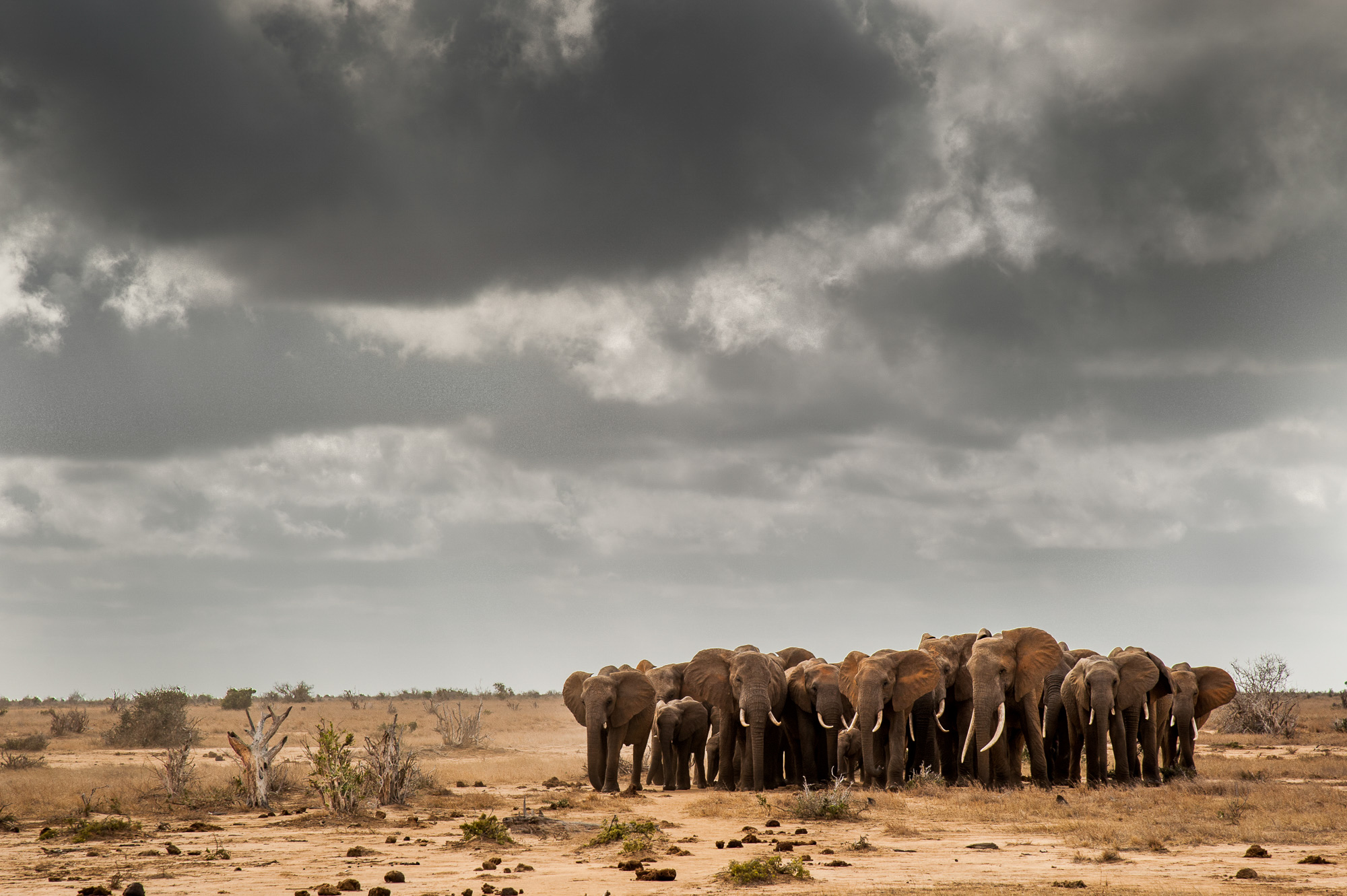
© Frank af Petersens
Why Elephants Need Tusks
Tusks are enormous front teeth that keep growing throughout an elephant’s life. They do not serve the same purpose as the other teeth; they are used to dig for roots and water, hold grass in place when eating, strip bark off trees and for battling. Scientists reckon that elephants prefer their right or left tusk, just like we do our right or left hand.
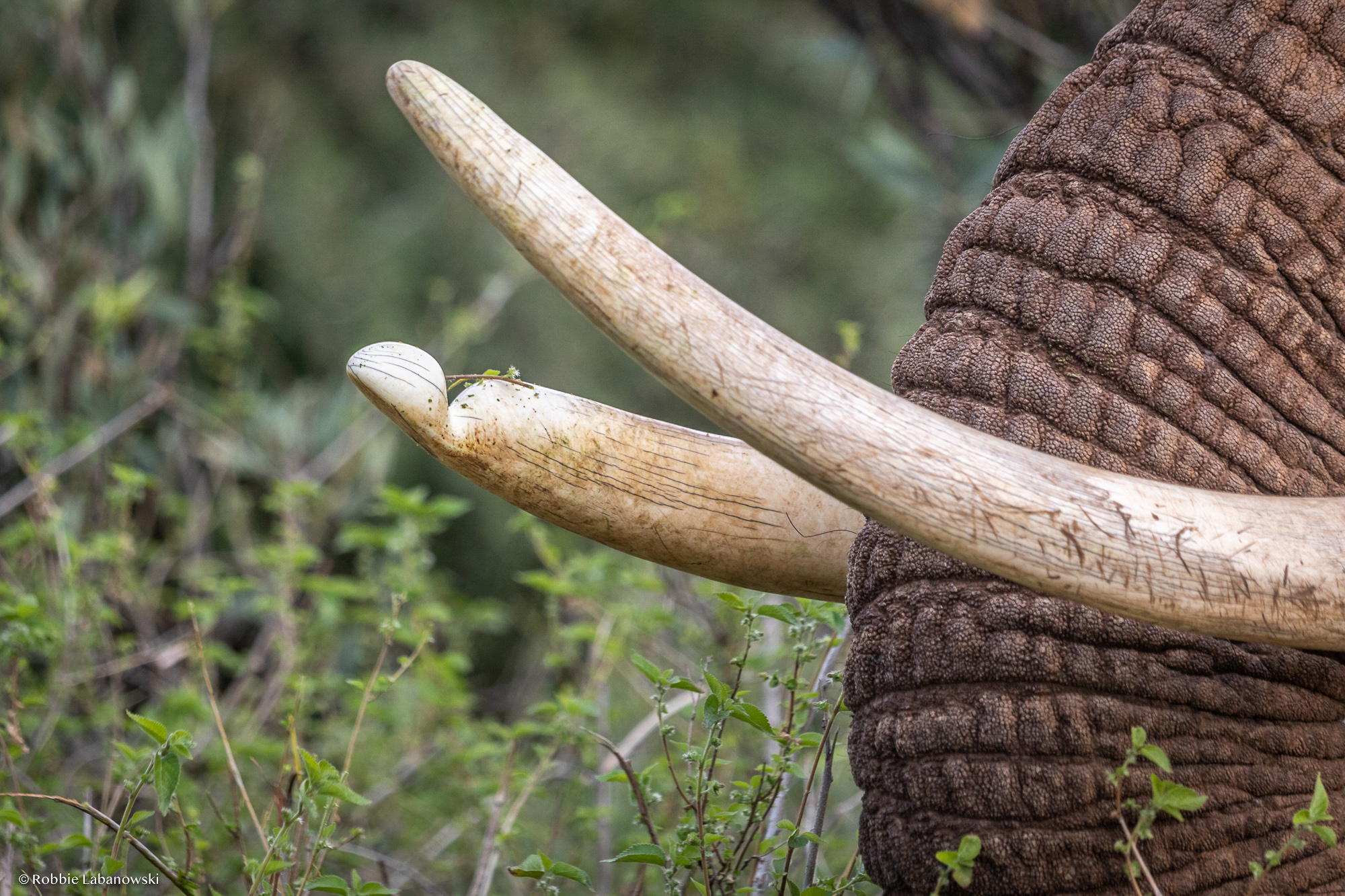
© Robbie Labanowski
Get important updates
Get important updates on elephant conservation, hear about STE events in your area, and be a part of our community helping to conserve the largest land mammal on earth.


